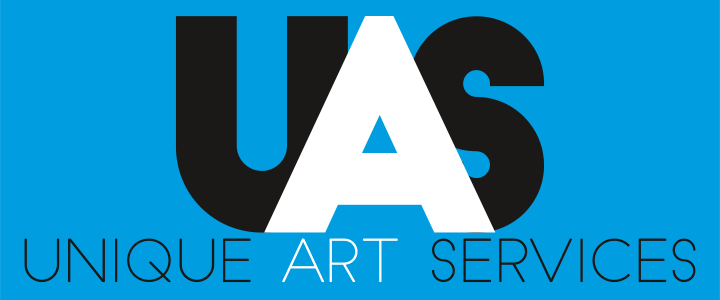Digitizing Guide: DST Files for Embroidery
Embroidery has transitioned from a traditional craft into a refined digital process, with DST files being essential in contemporary embroidery. These files act as the core for converting detailed designs into machine-readable directives. This detailed guide examines the intricacies of DST files, covering their format, creation, practical uses, and challenges.
Grasping the DST File Format and Its Data Structure
DST, which stands for Data Stitch Tajima, is the primary file format utilized in embroidery. It represents a binary file structure containing critical data for embroidery machines, including stitch instructions, thread colors, and design dimensions. The file begins with a header that contains metadata such as the design’s name and size, followed by a series of commands that describe the stitch sequence. This exact format ensures compatibility and precision, making it essential in the embroidery sector.
Producing and Transforming DST Files for Embroidery
The creation of DST files starts with choosing dependable digitizing software. Applications like Wilcom, Embird, or Hatch provide powerful features for developing designs tailored to machine requirements. Designs can be initiated from scratch or imported from different formats. Once the design is finalized, users modify the stitch type and density to achieve the best results. Finally, the design is saved in the DST format, ensuring it meets the embroidery machines’ technical requirements.
When transforming designs into DST files, it’s vital to thoroughly check the design for mistakes, such as overlapping stitches or excessive trims. The conversion process entails exporting the file into DST format and verifying its accuracy through test stitch-outs. These steps ensure that the design will function smoothly during production
Common File Formats for Embroidery
Besides DST, the embroidery field employs various file formats designed for specific machines and purposes. PES files are frequently used with Brother embroidery machines, while JEF files work with Janome machines. Conversely, EXP files are intended for Melco machines. Each format possesses distinct characteristics, but DST is the most adaptable due to its broad compatibility and precision
Transforming Other File Formats to DST
Converting designs from alternative formats into DST involves several steps. Initially, the original file is imported into digitizing software where it is examined and modified. Adjustments to stitch types and densities are made to ensure the design conforms to DST standards. Once optimized, the file is then exported as a DST file. This careful process guarantees that the design maintains its quality and functionality
Obstacles and Best Practices in Handling DST Files
Digitizing for embroidery has its own set of challenges. Complicated designs may result in overlapping stitches or thread breaks, which can jeopardize the final outcome. Simplifying detailed patterns and optimizing stitch density are crucial practices to mitigate these issues. Color conversion also presents a challenge as DST files do not contain color data. Utilizing thread color charts aids in accurately mapping colors. Test stitch-outs play a vital role in confirming design accuracy. Testing allows for modifications to be made prior to production, saving time and resources. Moreover, ensuring compatibility between the digitizing software and the embroidery machine is critical for smooth execution.
Software for Handling and Converting DST Files
A variety of software options exists for handling DST files, each providing distinct features. EmbroideryWare is an intuitive program that offers sophisticated stitch controls and live simulation. BuzzXplore stands out for its file organization and design previews, making it a preferred choice among professionals. Wilcom TrueSizer is also widely used, recognized for its resizing and conversion functions, as well as its cloud access for additional convenience.
Connectivity Between Embroidery Machines and DST Files
Embroidery machines differ in their functionalities, yet they all depend on DST files to perform designs. Commercial embroidery machines are tailored for rapid production, whereas home embroidery machines are meant for individual projects. Multi-needle machines, in particular, are suited for intricate designs that require multiple thread colors
These machines interpret DST files to comprehend stitch instructions, color transitions, and design sizes. Features like automatic threading, accurate stitching, and hoop stabilization improve the connection between machines and DST files, leading to impeccable embroidery results.
Varieties of Stitches and Their Uses in DST Files
DST files accommodate various stitches, each appropriate for particular design components. Running stitches are perfect for outlining and detailing, while satin stitches are best for crafting text and borders. Backstitches strengthen outlines, and stem stitches provide decorative curves. Additional types, such as chain stitches and feather stitches, add texture and dimension. Modifying stitch density guarantees durability and avoids fabric distortion.
Final Thoughts
Grasping the DST file format is crucial for achieving excellence in embroidery digitization. Understanding its structure, optimizing designs, and addressing challenges are all vital for creating high-quality embroidery. By utilizing advanced software and following best practices, you can ensure your designs are both visually impressive and suitable for machines. This guide provides you with the necessary knowledge to confidently navigate the realm of embroidery digitization
